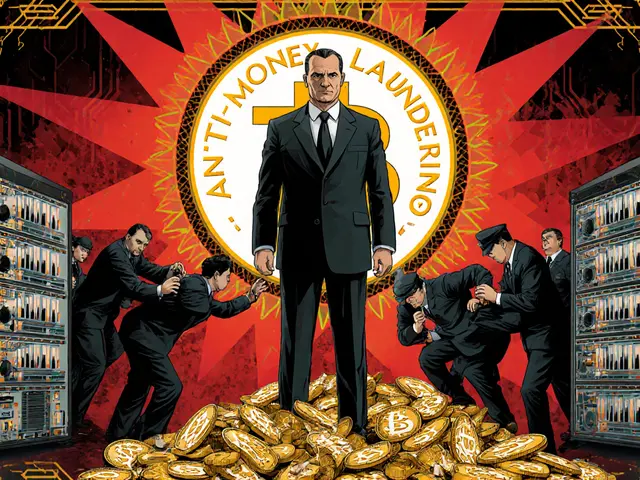MiCAR: What It Is and How It’s Changing Crypto Regulation in Europe
When it comes to MiCAR, the Markets in Crypto-Assets Regulation, a comprehensive legal framework introduced by the European Union to bring order to the chaotic world of digital assets. Also known as MiCA, it’s not just another policy—it’s the first unified rulebook for crypto across all 27 EU member states. Before MiCAR, crypto businesses had to jump through different hoops in every country. Now, if you’re licensed in Germany, you can operate in Portugal without extra red tape. That’s huge for exchanges, wallet providers, and token issuers trying to scale.
MiCAR doesn’t just target big players—it affects everyone holding or trading crypto in Europe. It classifies tokens into three types: utility tokens, asset-referenced tokens (like stablecoins), and e-money tokens. Each has different rules for transparency, reserves, and disclosures. For example, if a project launches a stablecoin backed by euros, MiCAR forces it to hold real cash in reserve and publish monthly audits. That’s a big step away from the wild west of unbacked stablecoins we’ve seen in other markets.
It also cracks down on misleading marketing. If you’re promoting a crypto project, you can’t just say it’s "the next Bitcoin" without proof. MiCAR requires clear, factual disclosures about risks, team backgrounds, and tokenomics. That’s why you’ll see fewer meme coins with fake whitepapers and zero teams popping up on EU-based exchanges. And for users? It means less chance of getting scammed by anonymous devs with no accountability.
One of the most overlooked parts of MiCAR is how it handles DeFi. While centralized exchanges and token issuers are clearly covered, DeFi protocols still sit in a gray zone. The EU is watching closely—especially platforms that offer lending, staking, or automated trading. If a DeFi app starts acting like a bank, it might soon need a license. That’s why projects like OraiDEX and Astroport on Injective, which operate in Europe, are already preparing for compliance.
And it’s not just about rules—it’s about trust. MiCAR gives regulators the power to freeze assets, shut down illegal platforms, and demand real-time data from crypto firms. That’s why you’re seeing more exchanges like Cryptal and Bybit (before the hack) get serious about KYC and AML checks. It’s also why scams like LocalCoin DEX and BITKER have no place in the EU anymore—they can’t even get a license to fail.
What does this mean for you? If you’re trading crypto in Europe, you’re now operating under a system that demands clarity, accountability, and security. It’s slower. It’s stricter. But it’s also safer. You won’t find as many wild, zero-tax meme coins with trillion-supply tokens here—but you’ll also be less likely to lose everything to a rug pull or a fake airdrop. MiCAR doesn’t kill innovation; it just forces it to grow up.
Below, you’ll find real-world examples of how MiCAR is already shaping crypto projects, exchanges, and even airdrop strategies across the continent. Some posts show how projects are adapting. Others warn about what still slips through the cracks. Whether you’re a trader, a token holder, or just trying to understand the new rules, this collection gives you the practical truth—not the hype.
International Crypto Regulation Trends 2025: What’s Changing and Where It’s Headed
In 2025, global crypto regulation is shifting from crackdowns to clear rules. The U.S. is leading with new laws for stablecoins and a split between SEC and CFTC oversight, while Asia builds innovation hubs. What this means for users, developers, and investors.





